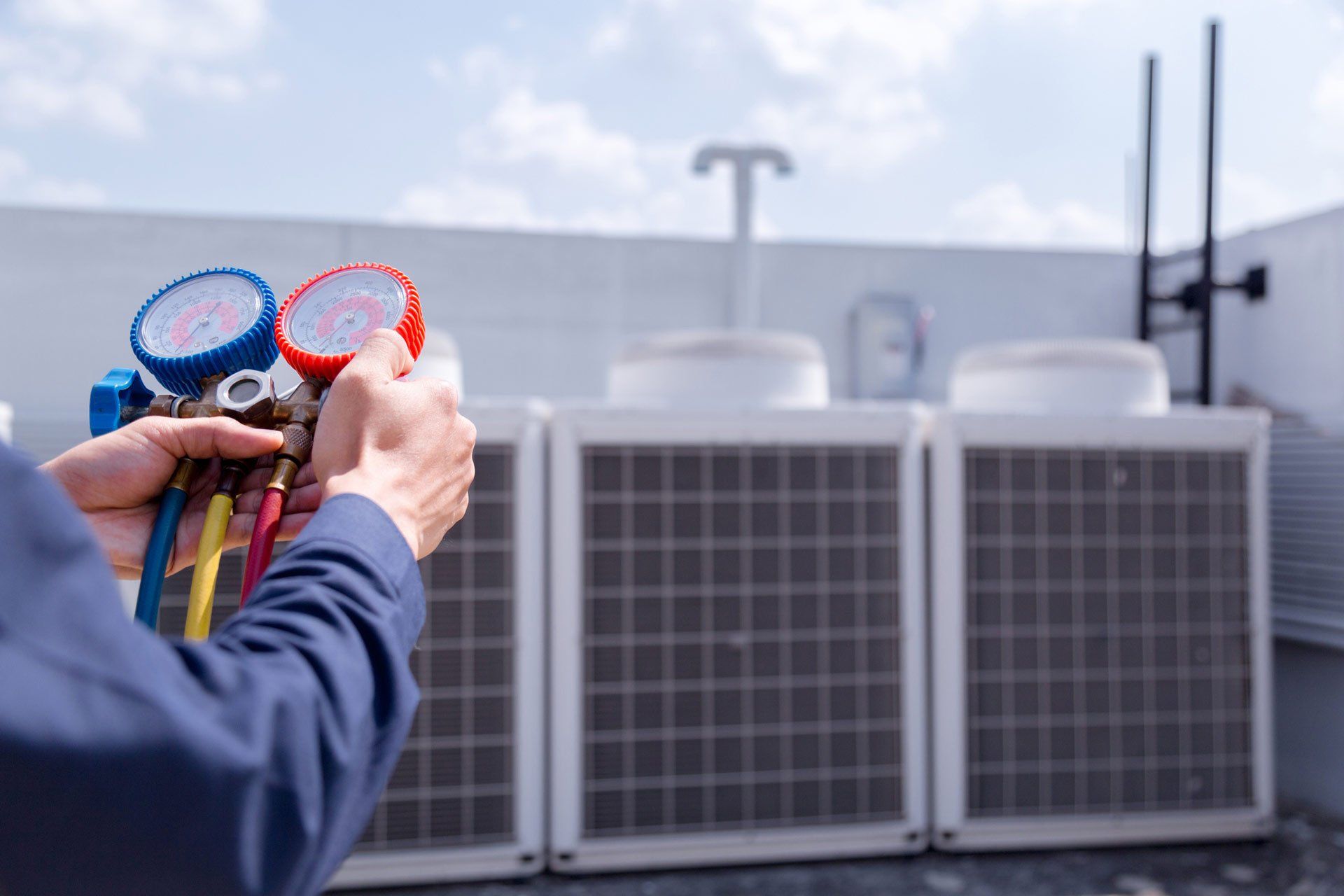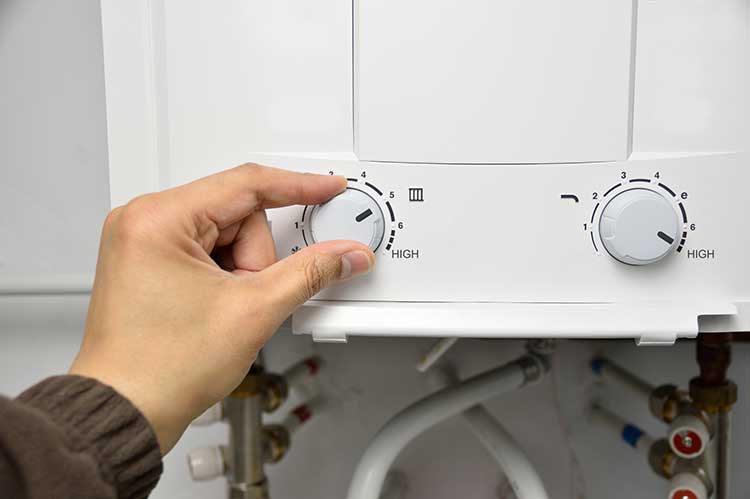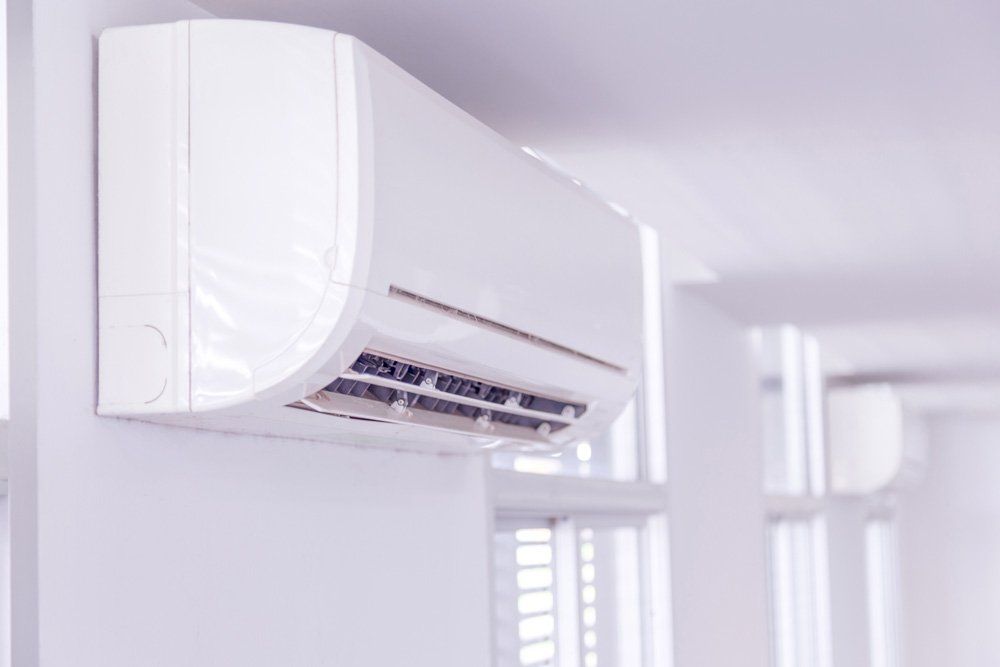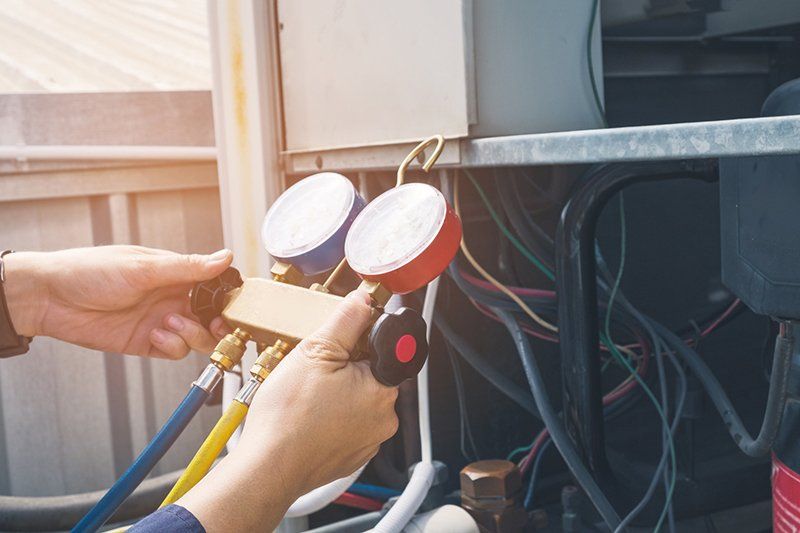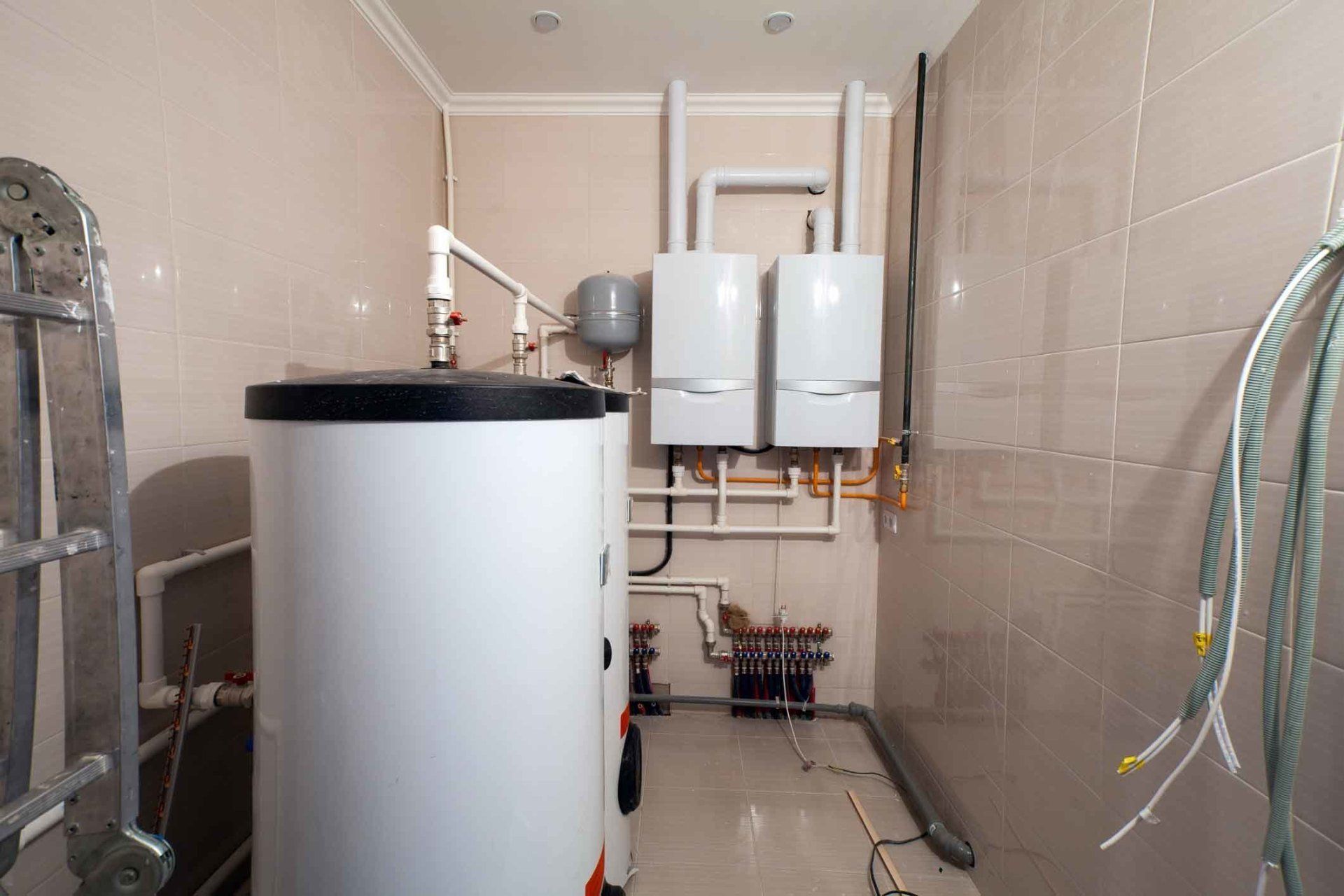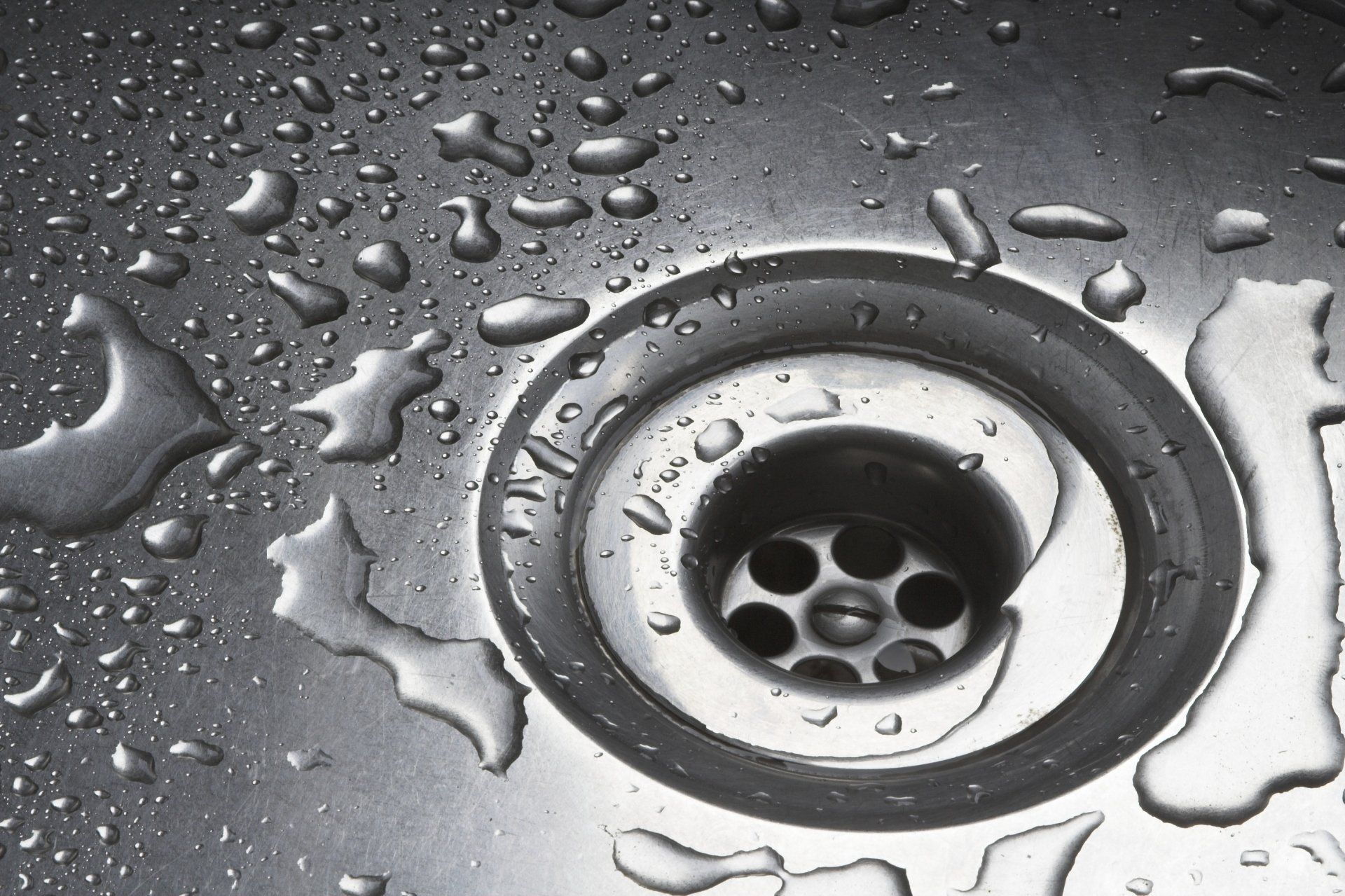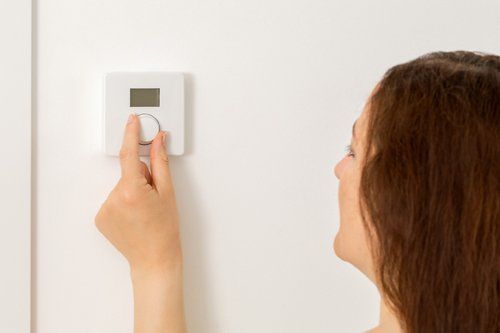If you're not sure how much of an impact your air filter has on the safety of your home's interior space, learn more about HVAC filters.
Fully Licensed (#325110)
Blog Post
Home Temperature Does Not Match Thermostat Setting? 3 Possible Causes
- By Admin
- •
- 15 Dec, 2020
- •
Your
thermostat is an important part of your home HVAC system. It sends signals to
your home air conditioner and furnace as needed to control their operation. One
important thermostat function is sensing the temperature in the air of your
home and then prompting your HVAC system to begin blowing warm or cool air into
your home vents as needed to maintain your desired thermostat temperature
setting.
1. Dirt or Debris Inside of Thermostat
Every homeowner should clean their thermostat on a regular basis to help keep it working efficiently. To clean it, remove the thermostat cover. Then, use a soft brush, such as a paint brush or a can of compressed air to remove dirt, dust, and debris that has accumulated inside of the thermostat over the years. Do not touch the internal components of the thermostat with your fingers as you clean them to avoid damaging them.
If you notice that any thermostat components are covered in surface corrosion that cannot be removed with a brush or compressed air, then you can attempt to remove this corrosion with an electrical contact cleaner. However, if this corrosion is severe or cannot be removed with this cleaner, then contact an HVAC expert for thermostat repair or replacement.
The temperature sensors inside of a thermostat are calibrated at the manufacturing facility where the thermostat is produced and/or by the HVAC experts who install the thermostats to ensure they produce accurate temperature readings. As these sensors lose efficiency over time, the calibration can change. Miscalibrated temperature sensors can produce inaccurate temperature readings of the air surrounding them.
Along with an indoor air temperature that does not match the thermostat temperature setting, thermostat miscalibration can also cause short cycling of your air conditioning system and furnace. Short cycling places excess wear-and-tear on your HVAC system that can lead to the need for early furnace replacement and increases the energy consumption of your HVAC system.
If you suspect your thermostat is miscalibrated, contact an HVAC expert who can recalibrate it to help it produce accurate temperature readings again and eliminate any HVAC system short cycling that may be occurring.
3. Thermostat Installed in a Bad Location
Another common thermostat problem that can cause the temperature in a home to rarely match the temperature setting of the thermostat is a simple misplacement of the thermostat. If your thermostat is located where direct sun rays can strike it through a window or where cold drafty air from a nearby door can pass over it during the winter, then the thermostat may sense that the air in the home is much hotter or cooler than it is and signal the HVAC system to turn on and off when not necessary.
If you suspect that the location of your thermostat is the reason your home temperature rarely matches the temperature setting of your thermostat, then contact an HVAC expert who can relocate the thermostat to an interior wall of the home where the temperature remains steady.
If the temperature of your home rarely seems to match your thermostat temperature setting, then one of these three problems may be to blame. Contact the HVAC experts at Action Plumbing & Heating Maintenance for thermostat problem diagnosis and repair today.
The temperature in every room of your home may not always match this temperature setting precisely due to the stack effect and window and door drafts that allow cool air to enter only some rooms in your home. However, the air in the room where the thermostat is located should always stay within several degrees of this temperature setting. If the air in the room where your thermostat is located does not stay close to your thermostat setting, then that may signal a thermostat problem.
1. Dirt or Debris Inside of Thermostat
Over time, dirt, dust, and debris can build up inside of a digital thermostat's outer case. If this debris covers the temperature sensor, it can inhibit the thermostat's ability to read the temperature of the surrounding air precisely.
Every homeowner should clean their thermostat on a regular basis to help keep it working efficiently. To clean it, remove the thermostat cover. Then, use a soft brush, such as a paint brush or a can of compressed air to remove dirt, dust, and debris that has accumulated inside of the thermostat over the years. Do not touch the internal components of the thermostat with your fingers as you clean them to avoid damaging them.
If you notice that any thermostat components are covered in surface corrosion that cannot be removed with a brush or compressed air, then you can attempt to remove this corrosion with an electrical contact cleaner. However, if this corrosion is severe or cannot be removed with this cleaner, then contact an HVAC expert for thermostat repair or replacement.
2. Calibration Problems
The temperature sensors inside of a thermostat are calibrated at the manufacturing facility where the thermostat is produced and/or by the HVAC experts who install the thermostats to ensure they produce accurate temperature readings. As these sensors lose efficiency over time, the calibration can change. Miscalibrated temperature sensors can produce inaccurate temperature readings of the air surrounding them.
Along with an indoor air temperature that does not match the thermostat temperature setting, thermostat miscalibration can also cause short cycling of your air conditioning system and furnace. Short cycling places excess wear-and-tear on your HVAC system that can lead to the need for early furnace replacement and increases the energy consumption of your HVAC system.
If you suspect your thermostat is miscalibrated, contact an HVAC expert who can recalibrate it to help it produce accurate temperature readings again and eliminate any HVAC system short cycling that may be occurring.
3. Thermostat Installed in a Bad Location
Another common thermostat problem that can cause the temperature in a home to rarely match the temperature setting of the thermostat is a simple misplacement of the thermostat. If your thermostat is located where direct sun rays can strike it through a window or where cold drafty air from a nearby door can pass over it during the winter, then the thermostat may sense that the air in the home is much hotter or cooler than it is and signal the HVAC system to turn on and off when not necessary.
If you suspect that the location of your thermostat is the reason your home temperature rarely matches the temperature setting of your thermostat, then contact an HVAC expert who can relocate the thermostat to an interior wall of the home where the temperature remains steady.
If the temperature of your home rarely seems to match your thermostat temperature setting, then one of these three problems may be to blame. Contact the HVAC experts at Action Plumbing & Heating Maintenance for thermostat problem diagnosis and repair today.
Share
Tweet
Share
Mail
ADDRESS
Action Plumbing & Heating Maintenance
55 Mountain View Ave.
Santa Rosa, CA 95407
Phone:
707-584-0714
Email:
dalecrane@sbcglobal.net
24-Hour Emergency Service
CONNECT
Share
Tweet
Share
Mail
PAYMENT OPTIONS


Content, including images, displayed on this website is protected by copyright laws. Downloading, republication, retransmission or reproduction of content on this website is strictly prohibited. Terms of Use
| Privacy Policy

